Dental Implants are a widely used, permanent replacement for natural teeth. Prior to implants, bridges were the best tooth replacement. This was based on comfort, function, esthetics and longevity among other things. However bridges are not always possible and not entirely without some drawbacks. For the vast majority of cases, implants have surpassed bridges as a much better long term tooth replacement considering the same parameters as above.
Dental implants are an artificial root made of either titanium or zirconium. On an x ray it often looks like a screw that is placed into the jaw, and once the bone has “fused” to it and becomes very solid, an artificial tooth is attached to it. The Canadian Dental Association describes dental implants as “an artificial root made of titanium metal.” Because of this solid metal root, the implant can perfectly imitate the structure and appearance of your other teeth.
Alternative materials and designs of dental implants have been around for over one hundred years. However the current explosion of implants has come about since the discovery of titanium and the ability of bone to grown against a titanium surface in the 1950’s. Today there are well over 500 implant companies worldwide with well over ten million dental implants placed each year. In 2006 statistics ~8 million implants were placed in the United States alone. Learn more about the history of dental implants here.
Dentures
Dentures are a non-permanent, yet effective solution to replicate the appearance and function of normal teeth. They need to be removed when we sleep and often times after eating as food often collects underneath. The downside of dentures is that they are typically not as comfortable or functional as natural teeth, hence they limit what you can eat, they can affect your speech and can easily fall out of place.
Dental Bridges
Dental bridges are an alternative option for tooth replacement – and before implants were created dental bridges were the leading form of tooth replacement. They are still widely used today and are most effective for patients who are only missing one or two teeth and who have strong and healthy teeth on both sides of the missing tooth. They use your healthy teeth to act as anchors to support false teeth in the gaps caused by missing teeth. Bridges typically do not last as long as dental implants.
Although they can last over 20 years, they may need to be replaced or repaired after only 10 years. Some of the main reasons for their repair and replacement are decay, gum disease and or fracture of the supporting teeth.
What Makes Dental Implants a Popular Choice?
There are several benefits of dental implants. Dental implants are permanent, unlike dentures, and we are seeing results that they last longer than dental bridges. Dental implants let a patient experience all of the benefits of natural teeth. You can eat the foods that you enjoy again and will not have to worry about hiding a gap in your smile. Whatever the case of tooth loss, dental implants are the most effective way to regain the use of your full set of teeth.
Types of Dental Implants
When you are looking into getting dental implants, it is important to know the different kinds of implants that are offered. There are three main styles of dental implants. They are named after the specific parts of the jaw bone that they connect to.
1. Endosteal Implants
These are the most common forms of dental implants. Endosteal means the implant gets placed within the bone. Endosteal implants are the classic implants that have a screw-like appearance. They are screwed directly into your jaw which gives them their initial stability. Over the next 4-6 months, your jaw slowly fuses to the implant as the bone heals. An artificial tooth attaches at the ends of these implants after the gums heal.
2. Subperiosteal Implants
This implant is attached under the gum tissue but is placed on top of the jaw bone. The structure of this type of implant is a metal frame that sits on top of your jaw bone. These implants have been used for ~80 years and predate today’s endosteal implants. In the past, these were made of medical grade stainless steel (chromium cobalt) but recent technological advances in computer milling have allowed these to be made from titanium.
Therefore these implants can actually integrate with the bone much like today’s endosteal implants. Historically many people with this type of implant have had good to excellent success rates beyond 15+ years, and with the advent of titanium, this may now increase further. This type of implant is most often used in cases of severe bone atrophy where bone grafting is either not feasible or predictable. Although knowledgeable implant dentists should be aware of this modality not all will have the surgical experience or training to place and restore these implants.
3. Ramus Frame and Ramus Blade
Much like the subperiosteal implant above, this is used in cases of severe bone atrophy. It is similar to the endosteal in that it is placed within the bone, however, it makes use of the bone in the back of the jaw and the anterior chin area (which usually are still adequate in severe atrophy cases). It can be a good alternative to extensive bone grafting and can achieve very good long term results much like the subperiosteal. Once again, although many dentists may be familiar with this implant, my impression is there are not many who have the training for this modality.
4. Transosteal Implant
This form of dental implant is rare in modern dental procedures. It was first used in 1953, has a lower success rate and there can be greater potential for long-term complications. It was typically made of stainless steel and had a plate on the outside of the lower jaw bone in the chin area (but beneath the skin), with two to four pins that went through the lower jaw bone and extended beyond the gum tissue. For patients who currently have transosteal implants, it is a good idea to visit your dentist. Be sure that the implants are still in good condition.
Your dentist will help you pick the best type of implant for your mouth and jaw.
Dental Implant Materials – What are Implants Made Of?
The majority of dental implants are made of Titanium. Titanium is a material that is rather unique in that the bone in your jaw “accepts” the implant and grows against the side of it as it heals. This provides a solid anchor with which to secure a single tooth, denture, bridge or even a full arch of teeth. Some implants are made of pure titanium, however, the majority of implant companies produce implants that are made from a titanium alloy. The alloy is used because the strength of the metal is much greater compared to the pure titanium.
There are some people who have sensitivities or allergies to certain metals. Although titanium is rarely an issue, if you have sensitivities or any concerns towards titanium and titanium alloys there are alternative options for your dental implants. It is also possible to obtain sensitivity testing to determine if there are any incompatibility issues with titanium and your body.
A bioceramic called Zirconia is used as a substitute for titanium. Zirconium is a metal and is treated and refined into zirconium oxide. It is considered a ceramic and has the physical properties of ceramics. It is also biocompatible; allowing for the bone to grow against the surface of the material. It is extremely strong and can be used as a dental implant.
Prosthetic teeth are often ceramic or porcelain. This prosthetic tooth that sits on top of the implant is often made out of a variety of materials. These include:
- Titanium
- Resin
- Gold alloys
- Zirconia
- Other porcelains and ceramics
If you are allergic to metals or have any concerns using a metal implant, zirconia can be a good alternative. Talk to your dentist about which type of implant material is right for you.
Visit VCCID For A Consultation Today
Dental implants can have an incredible impact on your daily life. They have the ability to restore the full function of your teeth and jaw after tooth loss. Here are some frequently asked questions about dental implants to learn more about your options. If you would like to learn more about dental implants in Vancouver, contact our office today. Schedule a consultation and get the professional opinion you need to decide if implants are a good option for you. Call 604-434-0248.
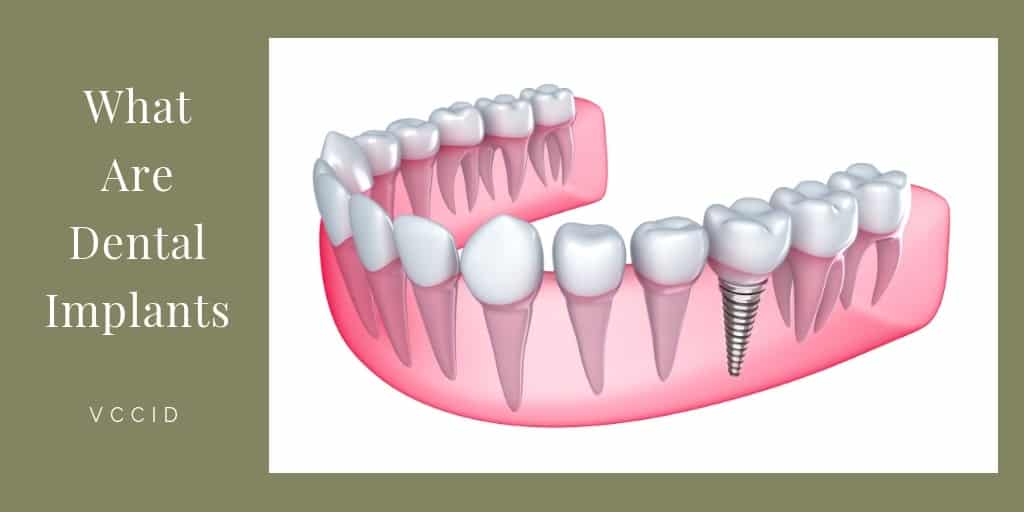
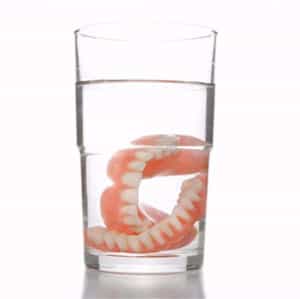
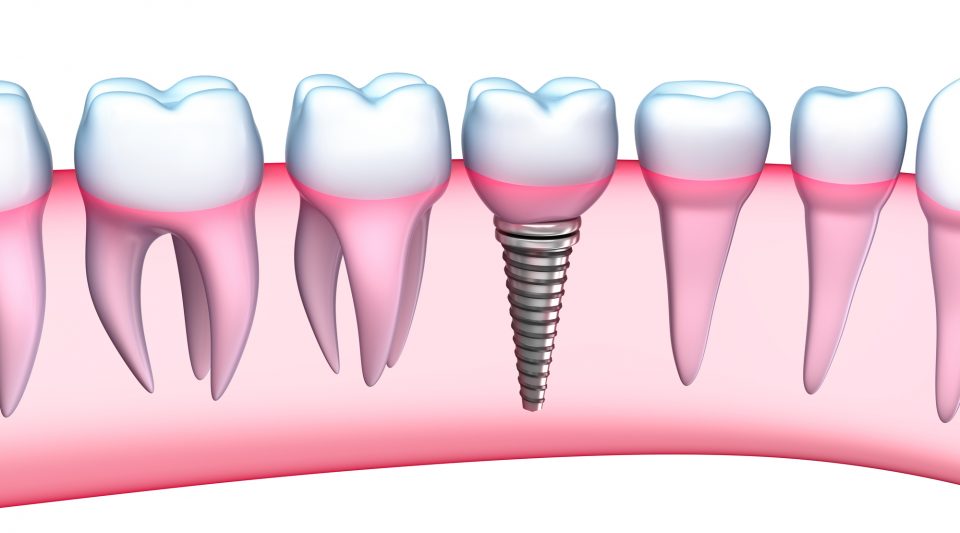
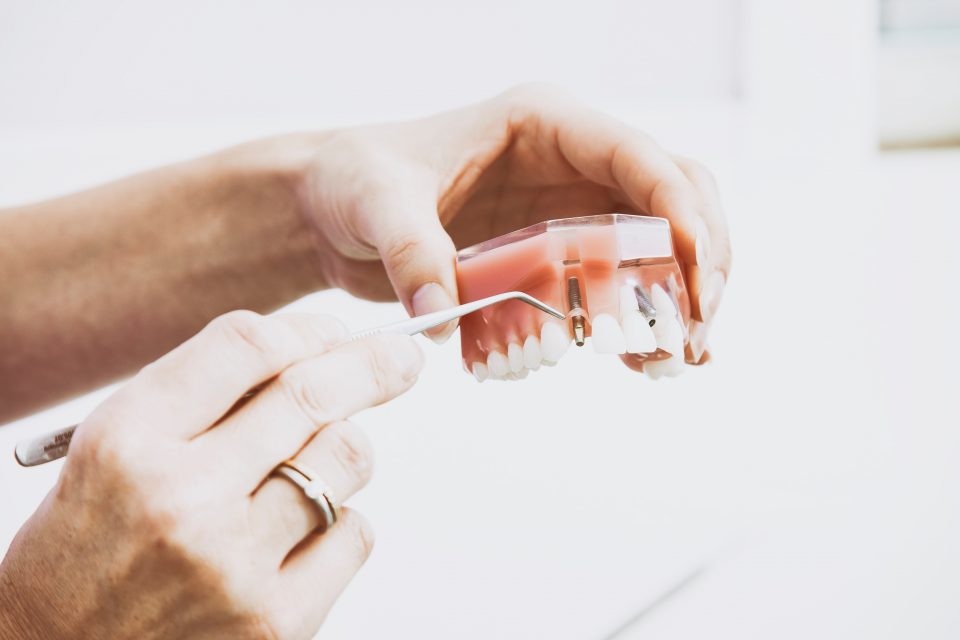
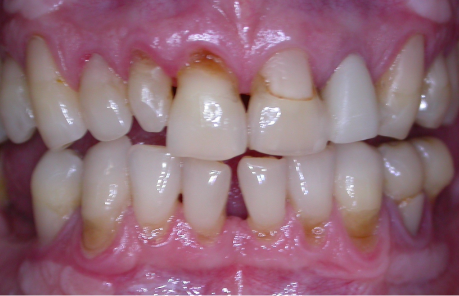
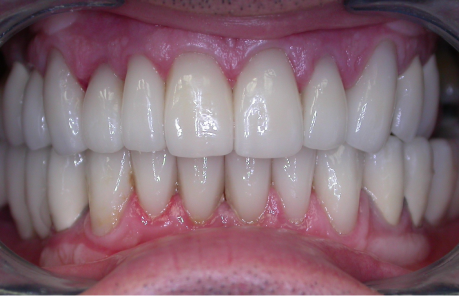
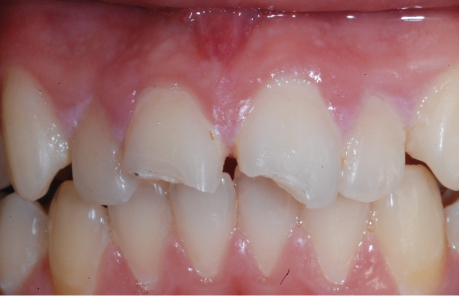
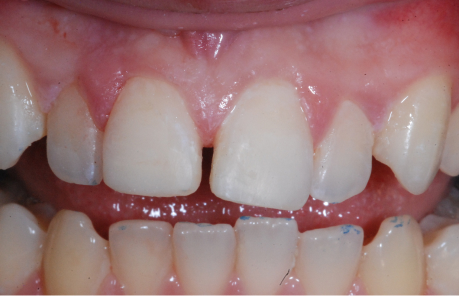
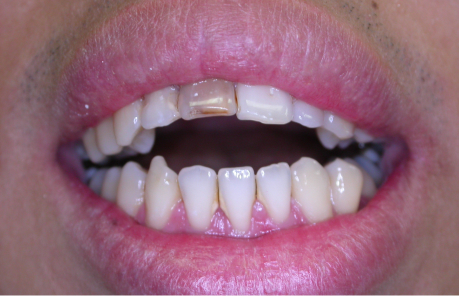
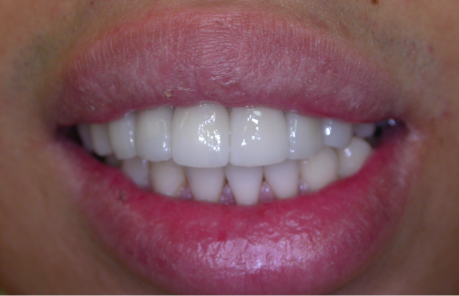
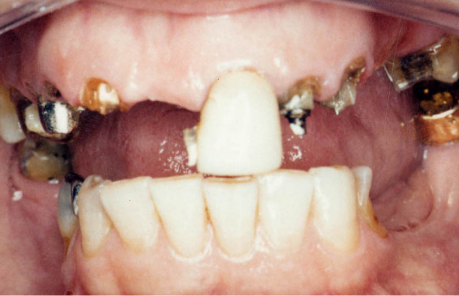
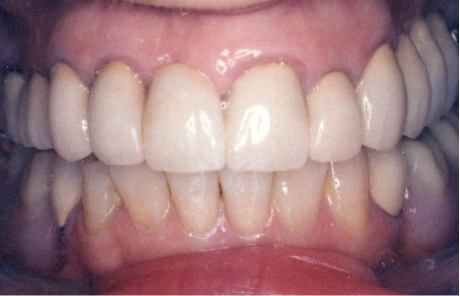
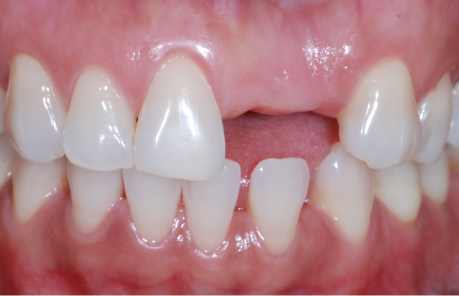
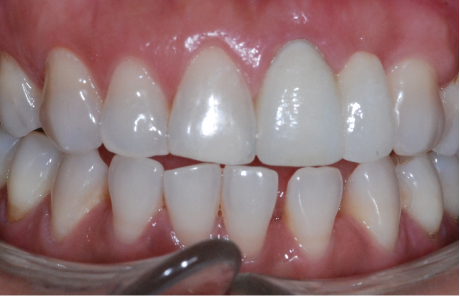

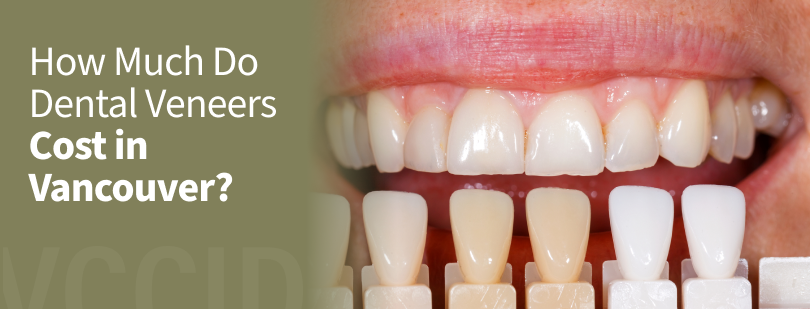
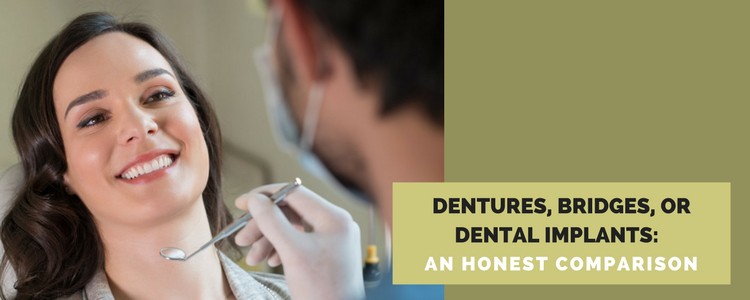



1 thought on “What are Dental Implants?”
Thanks for sharing Types and material used for dental implant related blog about What are Dental Implants?